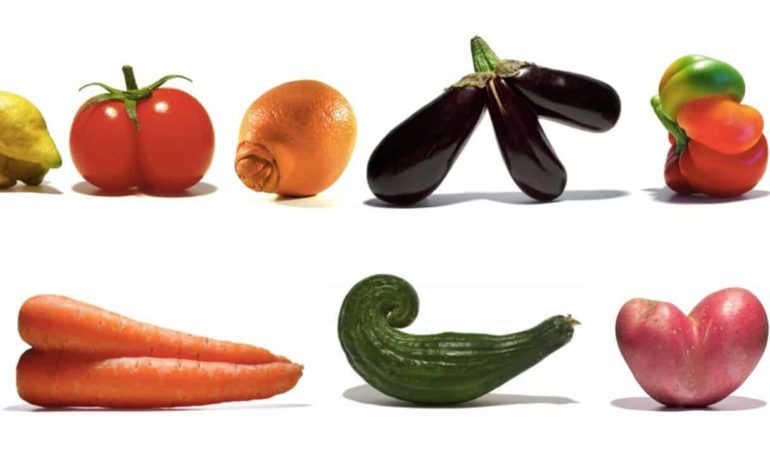by Sohei Wu | WSP Class of 2023
I recently got a job working at a restaurant and after a couple of weeks the abstract concept of food waste became concrete in my mind. It was no longer just the idea of food being lost, I was starting to see real food wasted. And much of the food being thrown out was still perfectly edible! It could probably be reasonably inferred from the contents of any restaurant’s dumpsters that humans have an excess of available food. But we see in the world as well as in the United States that that is not actually true.
Imagine you have a pound of food in front of you. For a visual, that’s about the weight of a bowl of pasta. That is how much food is wasted every single day per person. This means that every day, for every person in the world, a whole bowl of pasta is lost. That is equivalent to over seven billion bowls of pasta wasted every day. One pound of food per person per day.
In the United States, a whole thirty to forty percent of available food goes to waste, and the reasons it goes to waste vary a lot, ranging from farming practices to cooking practices. During every step food takes to reach our mouths, food is wasted.
The first concern comes with the fact that we are, in fact, wasting thirty to forty percent of our food, and in turn, putting too much effort and labor into something that will never see the light of day (or the inside of a stomach). We are losing so much money paying for workers whose work ends up being wasted. This, and the food insecurity we see all around us today, are reasons food waste is an important topic.
One reason that waste is so commonplace is how we unnecessarily nitpick what food reaches stores. Companies will reject food that doesn’t look the way a customer might imagine, because it’s been shown that people are more likely to buy visually aesthetic food than “misshapen” food. This problem is in the process of being overcome, with companies like Imperfect Foods selling “misshapen” produce (like that in the picture above) so that it doesn’t go to waste.
A large contributing factor to food waste is over purchasing. This is a problem both in average households and, to a much more dramatic degree, in restaurants. What we as average citizens can do is to keep over purchasing to a minimum. Buying too much food ultimately leads to that food being thrown out for spoiling or for lack of need. If we all limit what we buy to what we need, food waste would be reduced on a small scale. The restaurant industry, on the other hand, has a larger impact on the creation of food waste. Restaurants need to buy extra food, as is understandable, because of the nature of the industry, but there must be better ways of dealing with leftovers than to simply throw them away at the end of the day. Restaurants could, at the end of the day, take the edible food that was destined for the trash and instead offer food to people in need.
This is not a completely hopeless fight. We may have no control over the restaurant industry or the packing and processing of food, but we do have control over what we buy and what we throw away. The things we can do to reduce the amount of food waste is to buy the amount of food we need and to only throw out food that is inedible. There’s no reason so much food should be going to waste, especially considering the large number of households that are food insecure.
Sources:
Cooper, Ryan, Food Waste in America: Facts and Statistics, Rubicon.
Food Loss and Waste, FDA
USDA’s Food Waste FAQs
Feeding America’s How We Fight Food Waste in the US
Read more student perspectives in the Waldorf Chronicles, a newsletter run by WSP high school students.

